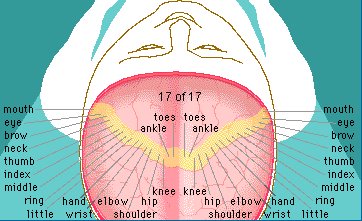What's in the future for PTSD?
What is so fascinating about PTSD is that it mirrors the diagnostic and treatment model (paradigm) we've come to know over the years as the Bio-Psycho-Social model. This model was first developed by Franz Alexander of Cedars-Sinai Medical Center and then elaborated on by George Engel (who coined the term) and John Romano at the University of Rochester.
In this model, there is a clear outside cause or external precipitating event, which is the Social part of the model. This event overwhelms our coping processes (mechanisms), which is the Psycho part of the model. These coping mechanisms are brought about (mediated) through the central nervous system (brain), particularly the autonomic nervous system and the HPA axis, which is the Bio part of the model. (The autonomic nervous system regulates the involuntary functions of the body, such as the producing and releasing of hormones by glands. The HPA axis refers to the brain's hypothalamus and the pituitary and adrenal glands.) As a matter of fact, we know that all of these systems interact in PTSD. Furthermore, there is a complex interplay between the different parts of the brain that regulate thoughts, memories, feelings, and behaviors, both healthy and diseased (pathological).
http://www.medicinenet.com/posttraumatic_stress_disorder/page7.htm
Monday, August 27, 2007
Subscribe to:
Post Comments (Atom)

http://www.windyweb.com/stop.htm














No comments:
Post a Comment